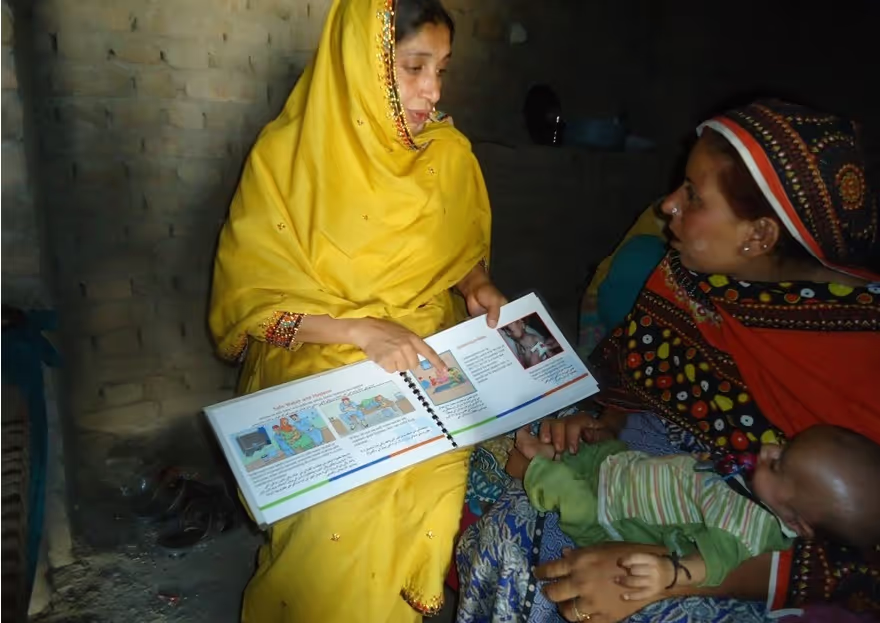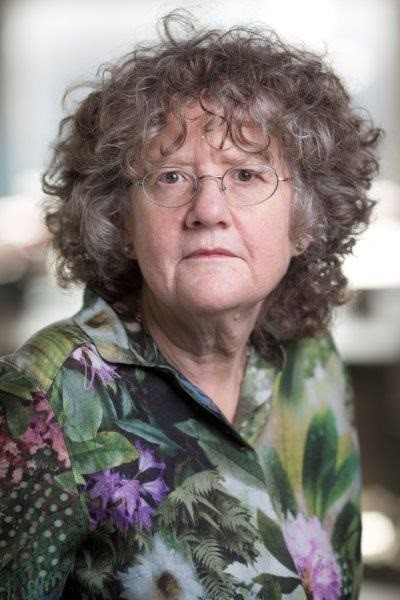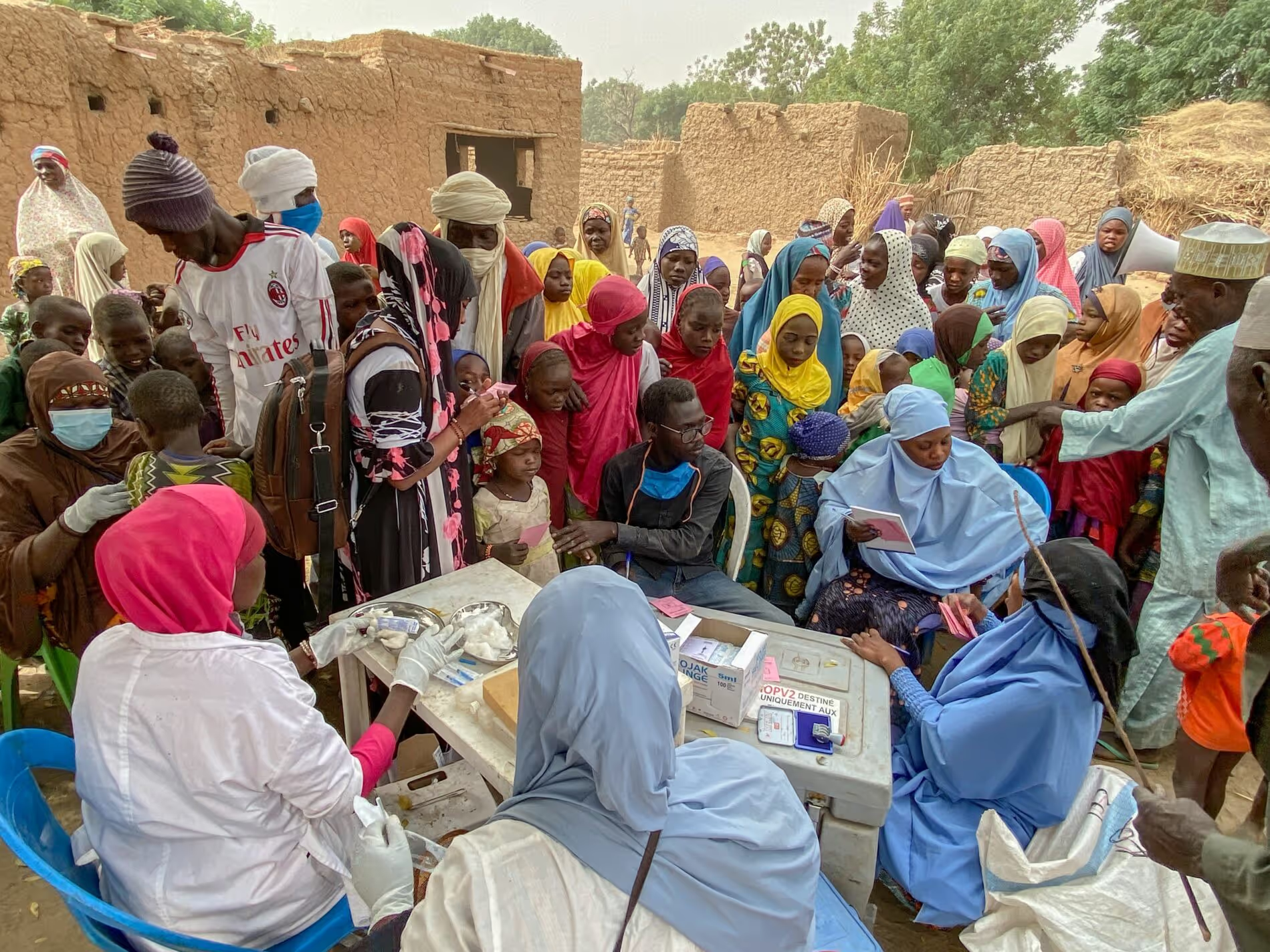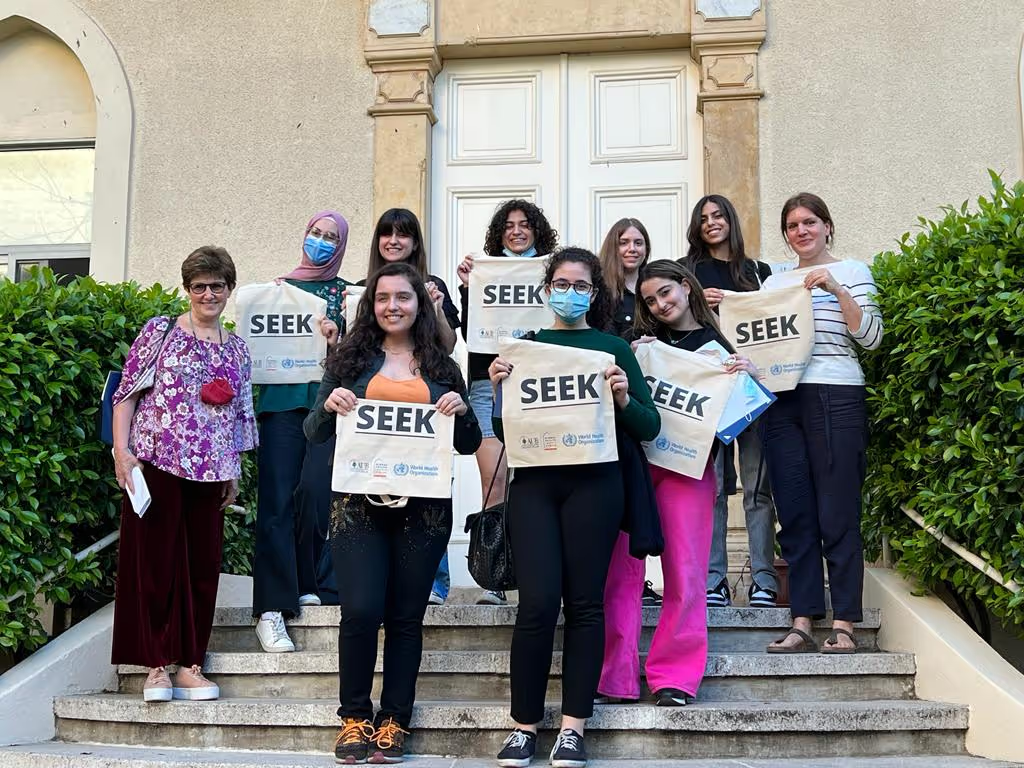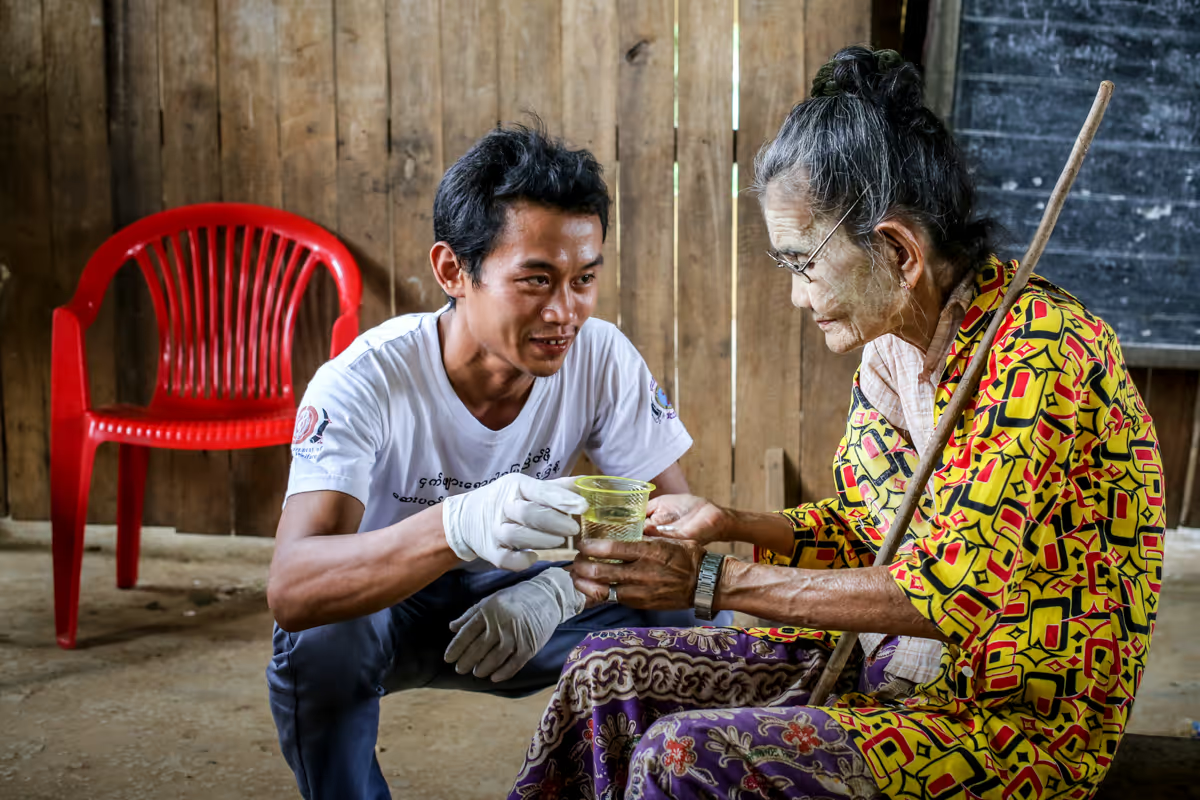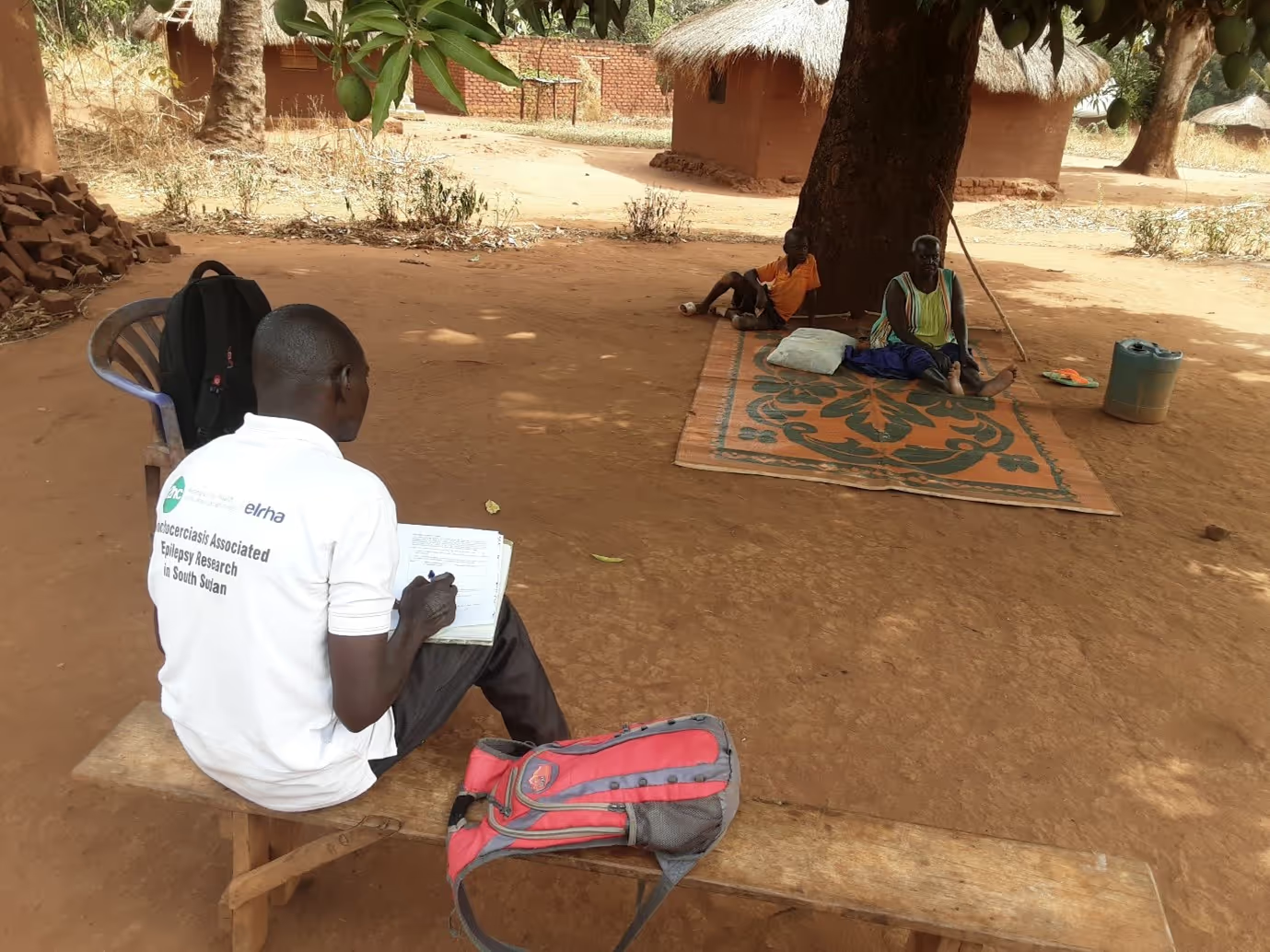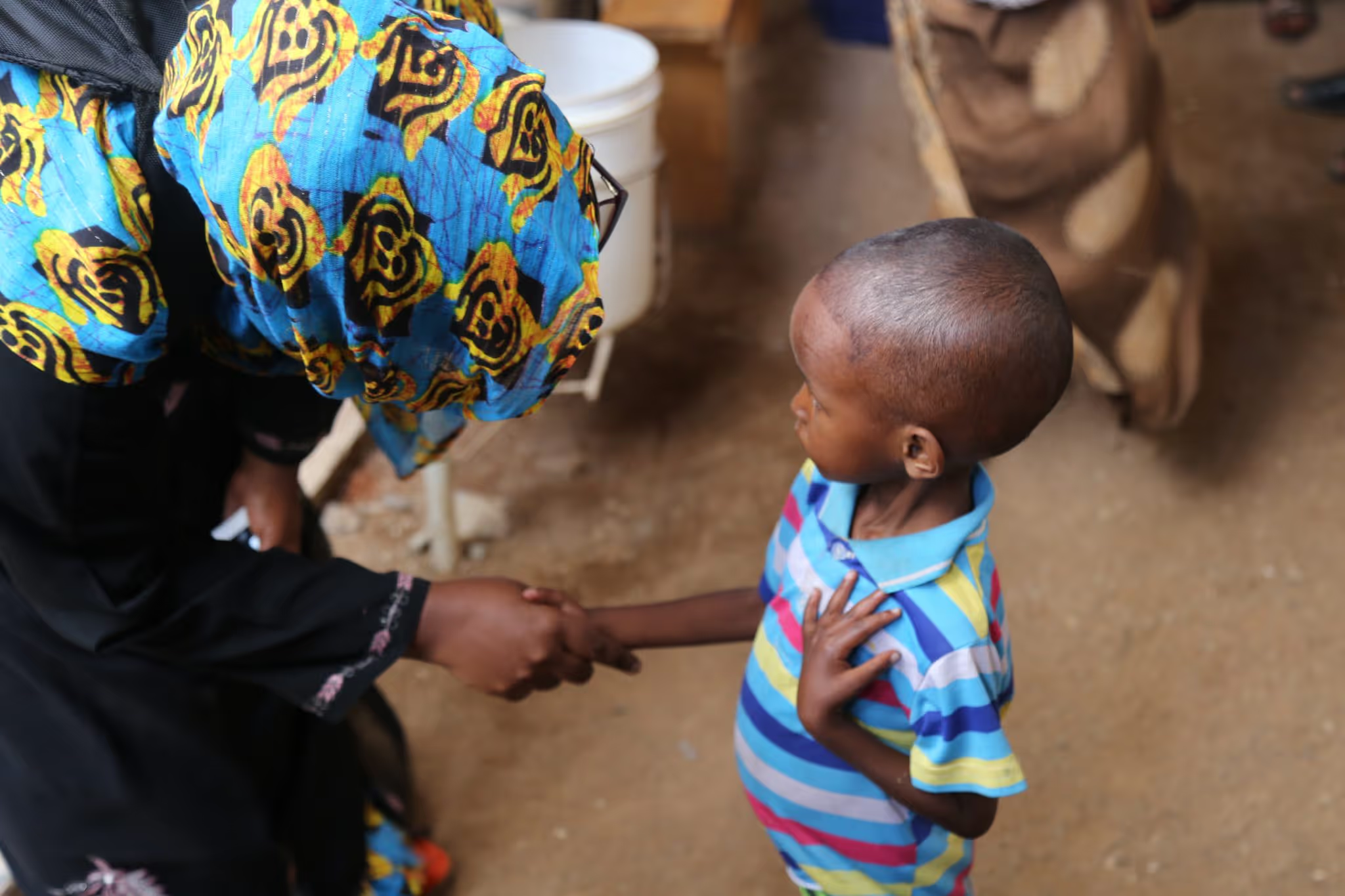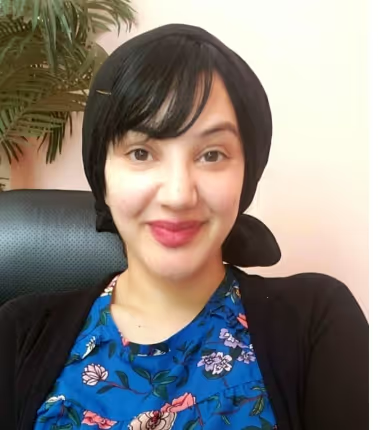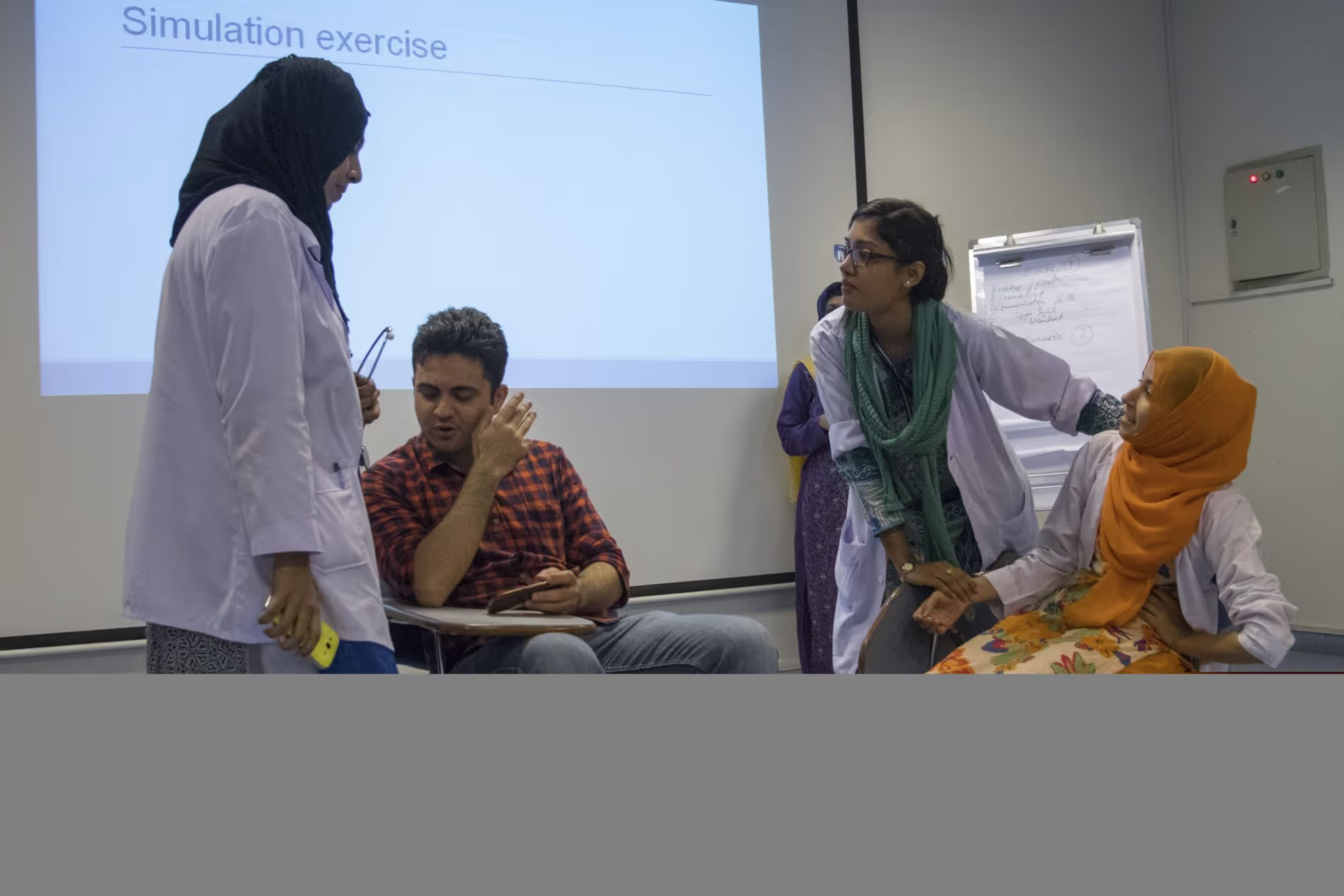Evaluating the Effectiveness of Safe Drinking Water in SAM Treatment
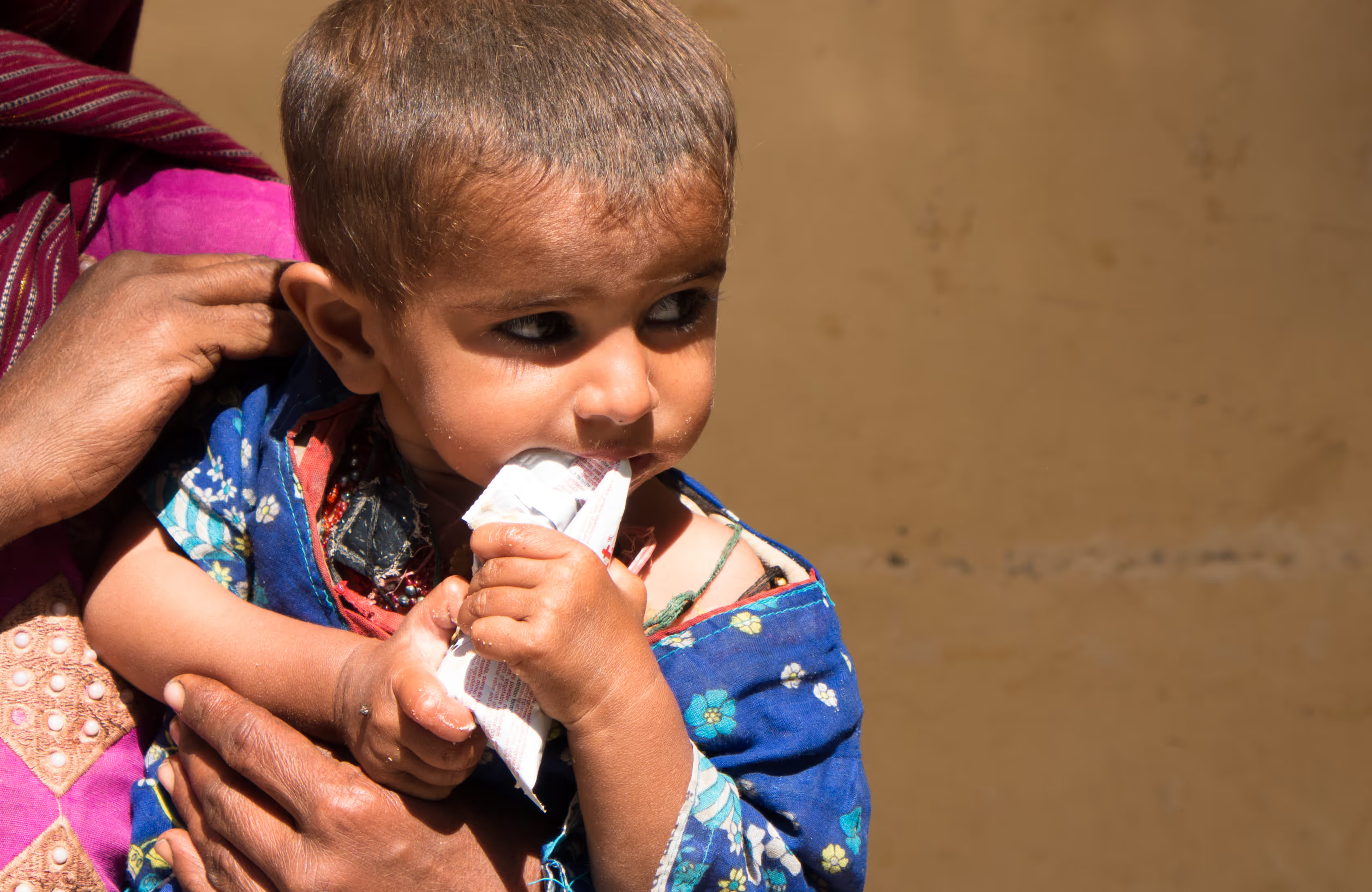
Project overview
This study received R2HC funding to compare the effectiveness of three different water treatments to provide inputs for community based management of acute malnutrition (CMAM) program implementation, with the aim to support the treatment of severe and acute malnutrition (SAM) which affects millions of children worldwide.
Project solution
This project offers [specific solution or intervention] to tackle [challenge]. By implementing [strategies, tools, or innovations], the project aims to achieve [desired outcomes]. The approach is designed to [specific actions or methods] to bring about meaningful change in [community, region, or issue area].
Expected outcomes
This project aims to achieve [specific outcomes], such as [measurable results, improvements, or changes]. The expected impact includes [benefits to the target community, advancements in research or innovation, or long-term effects]. By the end of the project, we anticipate [specific changes or milestones] that will contribute to [broader goals or objectives].
Principal Investigator: Silke Pietzsch, ACF USA
Purpose
Malnutrition contributes to more than half of child deaths in less-developed settings. Severe acute malnutrition (SAM) affects an estimated 20 million children under five worldwide, and contributes to more than 1 million child deaths annually. The development of Ready to Use Therapeutic Foods (RUTFs) has resulted in a huge shift in the treatment of SAM through Community Management of Acute Malnutrition. Waterborne diseases are a major cause of malnutrition and use of unsafe water reduces the efficacy of RUTF. The research aimed to evaluate the effectiveness of introducing water, sanitation and hygiene (WASH) interventions such as safe drinking water into SAM treatment. Point-of-Use water treatments have the potential to decrease exposure to disease and therefore increase speed of recovery of children in SAM treatment.
Programmes and Outcomes Achieved
The study investigated three household water treatment technologies (a chlorine water treatment called Aquatabs; a flocculent-disinfectant; and ceramic water filters) amongst households where children were being treated for SAM, and made a comparison with a control group of standard SAM treatment plus a basic hygiene education intervention. The impact on the recovery rates, duration of malnutrition treatment and weight gain for children under five years were investigated using an RCT. Qualitative interviews at household level were also undertaken to add context about the participants’ experiences with each of the water treatment methods. The study was undertaken successfully, securing high follow up rates of participants in each study arm. A cost-effectiveness study was also incorporated, investigating the cost per child treated and recovered amongst the 4 treatment groups.
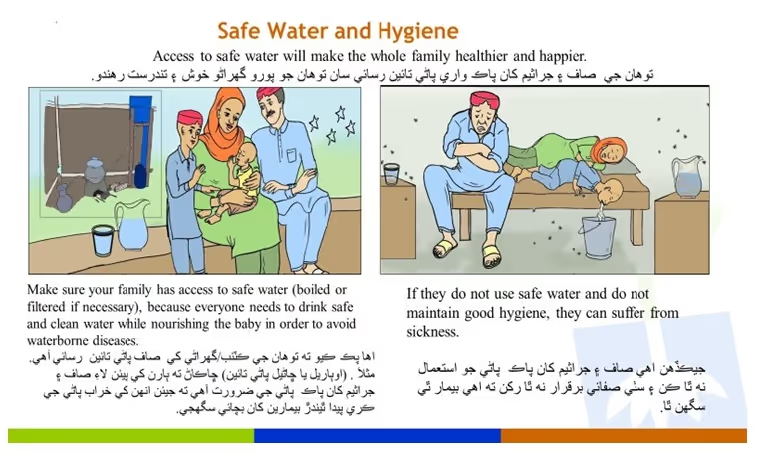
Key findings:
- Water treatment combined with SAM treatment reduced the time taken for children to recover from SAM, compared with SAM treatment alone. This was particularly the case for Aquatabs and the flocculent disinfectant, whereas the locally available ceramic water filters were found to be less effective.
- All three water treatment approaches had positive results, suggesting that a context-appropriate household water treatment can be used to deliver improved SAM outcomes.
- The cost effectiveness studies suggested that the use of Aquatabs led to the most cost effective treatment, and was cheaper per child recovered than SAM treatment alone.
Key outputs:
- Two peer-reviewed articles have been published on the main study and on the cost-effectiveness element
- Three dissemination events have been held in Pakistan at national, provincial and district level
- Presentation of study at Emergency Environmental Health Forum (2016) and University of Oklohoma International WaTER Conference (2017).
Next steps:
The research findings will contribute towards an increased evidence base, alongside parallel ACF-led studies in Chad and DRC, which will be used to influence ACF programming and other actors including the Pakistan Ministry of Health. Findings will be used to advocate for the inclusion of WASH interventions within treatment for under nutrition, and contribute to work led by other agencies to promote the concept of “WASH in Nut Minimum package”.
Project delivery & updates
Stay up to date with the latest developments from this project. Here, you will find details on what has been delivered, resources created, and regular updates as the project progresses. Access key documents, reports, and other materials to see how the project is making an impact.
